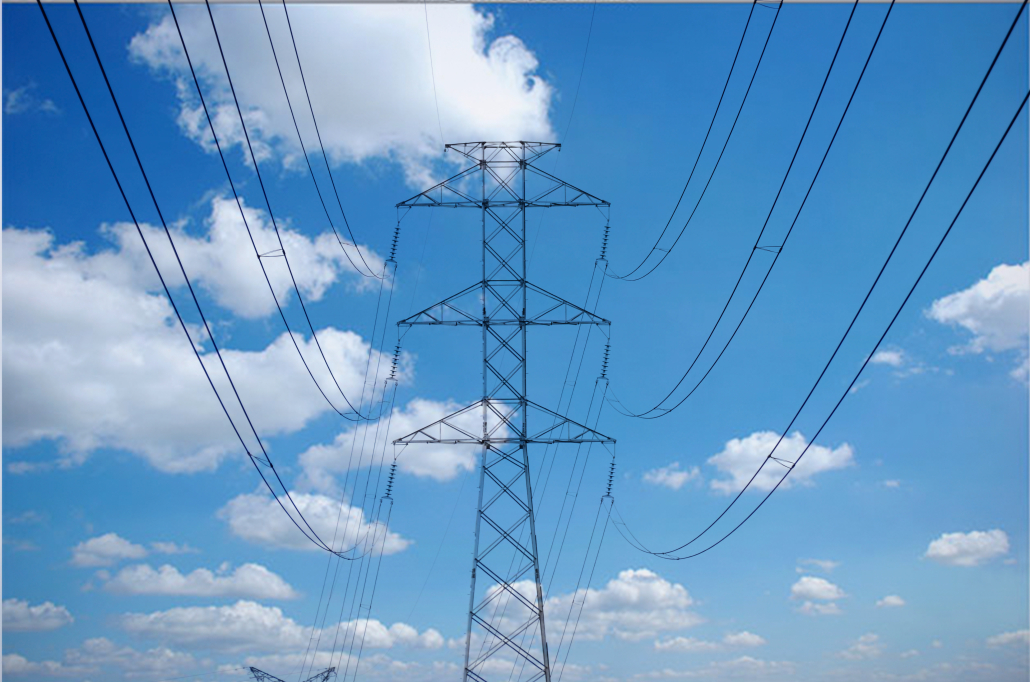This is Part 2 of this series, the first part could be found here.
Insulation coordination is the "selection of the dielectric strength of equipment in relation to the voltages which can appear on the system for which equipment is intended and taking into account the service environment and the characteristics of the available protective devices".
Why Insulation Coordination is Required?
Insulation coordination is not only to select the insulation strength but also to select the minimum insulation strength, or minimum clearance, since minimum strength can be equated to minimum cost. In its fundamental form, the process should begin with a selection of the reliability criteria, followed by some type of study to determine the electrical stress placed on the equipment or on the air clearance. This stress is then compared to the insulation strength characteristics, from which a strength is selected. If the insulation strength or the clearance is considered to be excessive, then the stress can be reduced by use of ameliorating measures such as surge arresters, protective gaps, shield wires, and closing resistors in the circuit breakers.
Methods of Insulation Coordination
Two methods of insulation coordination are presently in use,
- the conventional or deterministic method and
- the probabilistic method.
The conventional method consists of specifying the minimum strength by setting it equal to the maximum stress. Thus the rule is minimum strength = maximum stress.
The probabilistic method consists of selecting the insulation strength or clearances based on a specific reliability criterion. An engineer may select the insulation strength for a line based on a lightning flashover rate of 1 flashover/l00 km-years or for a station, based on a mean time between failure (MTBF), of 100 or 500 years.
The choice of the method is based not only on the engineer's desire but also on the characteristics of the insulation. The selected reliability criterion is primarily a function of the consequence of the failure and the life of the equipment.
Design for insulation coordination
The design for insulation coordination shall be realized by means of:
- 1. Clearances
- Clearances shall be dimensioned to withstand the largest of the following:
- For circuits directly connected to the mains supply, the rated impulse withstand voltage
- For a steady-state peak voltage, a peak value of temporary overvoltage or a recurring peak voltage
- 2. Creepage distances
-
To determine the required creepage distances, the following influencing factors shall be taken into account:
- voltage
- pollution degree
- material group
- orientation and location of the creepage distance
- shape of insulating surface
- duration of the voltage stress
- more than one material or pollution degree
- floating conductive part
- use of ribs
- components mounted on printed wiring material
- 3. Solid insulation
- Solid insulation of basic insulation, supplementary insulation and reinforced insulation shall be capable of durably withstanding electrical and mechanical stresses as well as thermal and environmental influences which may occur during the intended life of the equipment.
and applies to each individual insulation under consideration.
Reference
IEC 60664-1
Insulation coordination for equipment within low-voltage supply systems – Part 1: Principles, requirements and tests
